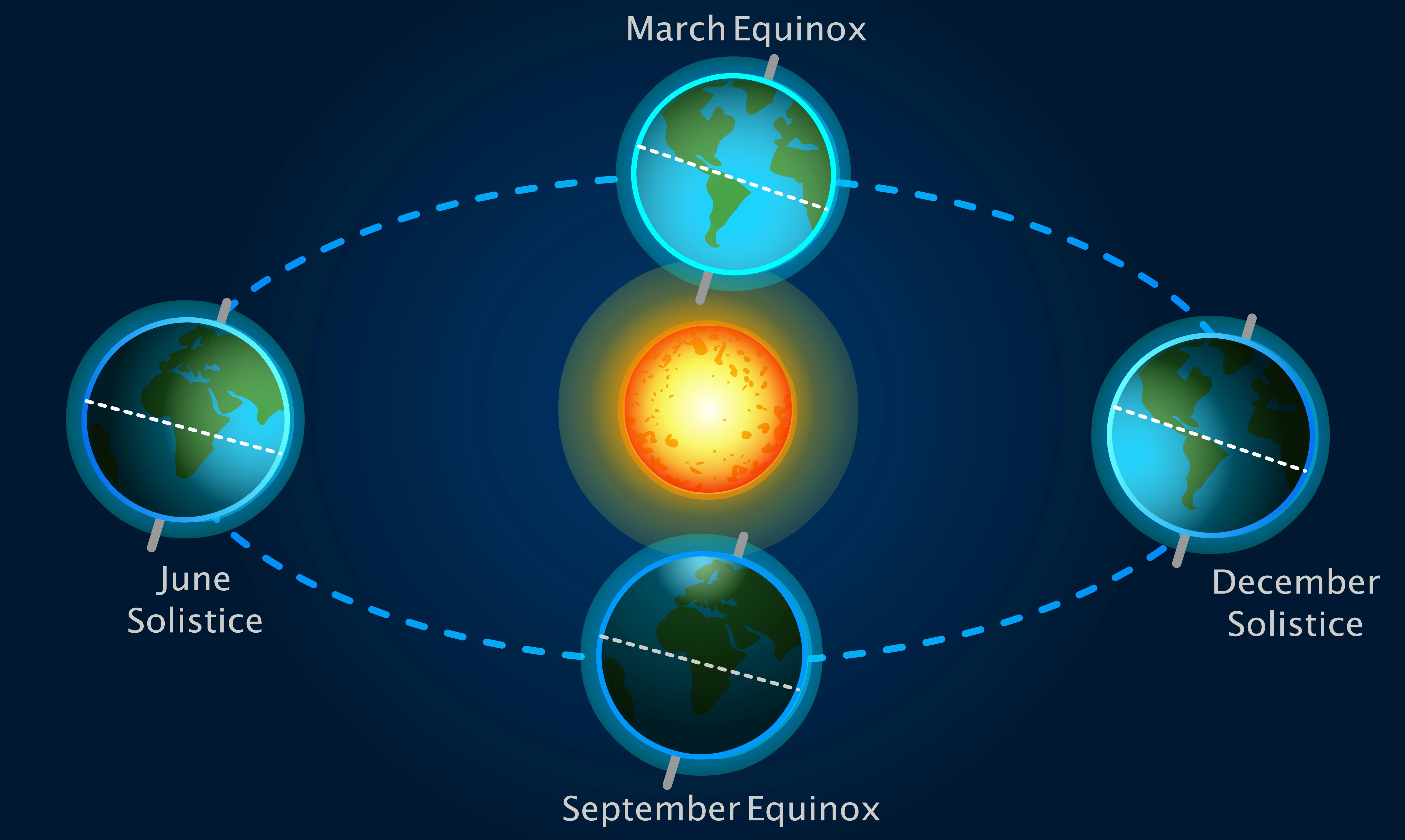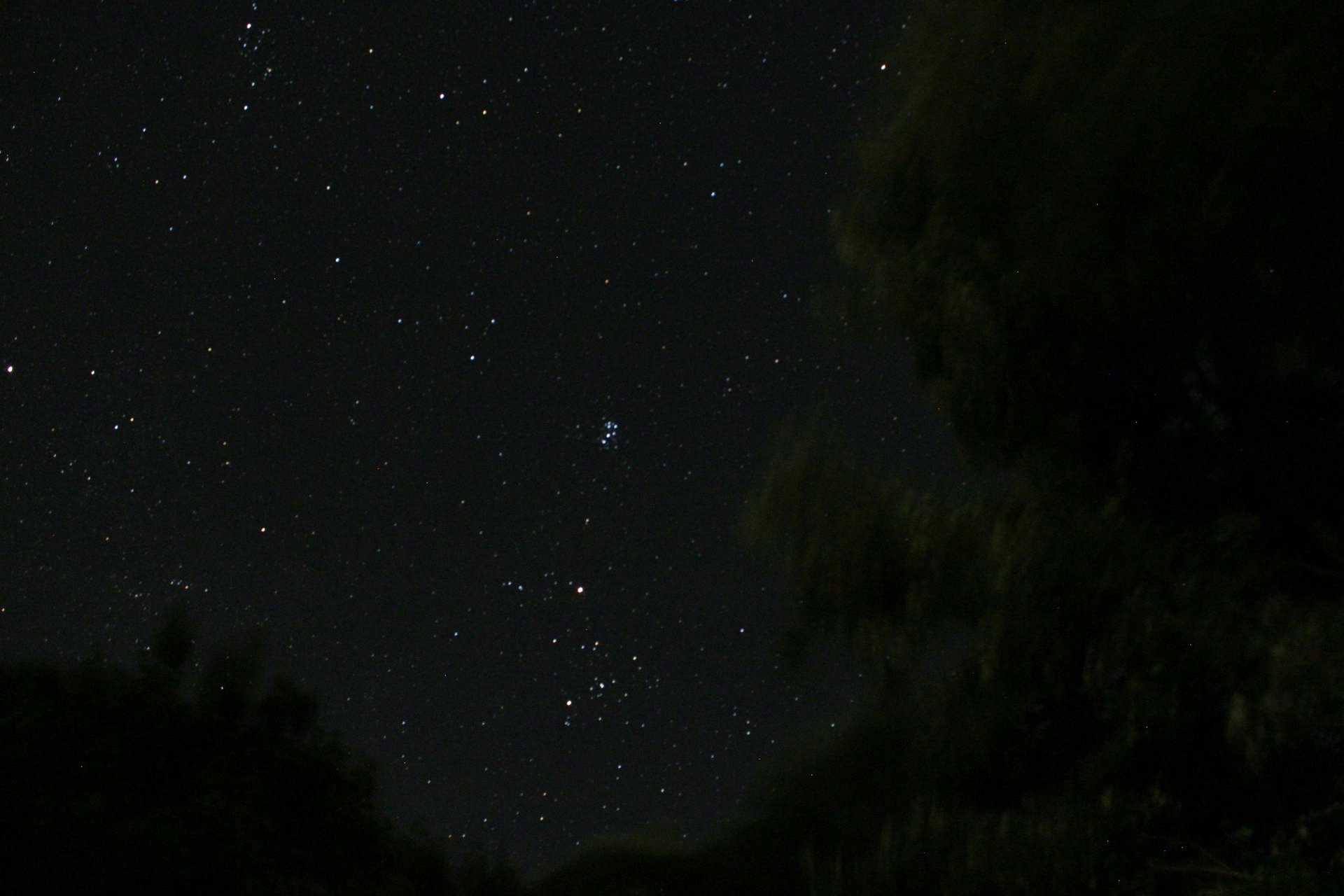
It’s that time of year again. The days are getting shorter and the temperatures cooler. That means fall is just around the corner, and it kicks off with the Fall Equinox — pumpkin spice enthusiasts and astronomers rejoice.
The astronomical event of the Fall Equinox (or Spring Equinox for those in the Southern Hemisphere) happens at a certain time every year. This year the autumnal equinox will occur on Thursday, September 22 at 9:04 p.m., Eastern. It will happen at the same point in time all across the Northern Hemisphere.
What is an equinox?
It is no mystery that the Earth is in constant motion around the Sun. On September 22, the Earth will be at a point in its orbit around the Sun in which the Sun will be aligned with Earth’s celestial equator. The celestial equator is the point in space that is directly above Earth’s equatorial line; the invisible line marks the halfway point between the North and South poles.
On the equinox, not only is the Sun aligned directly with the middle of the Earth, but the day and night are also of equal length. The name equinox is derived from the Latin term aequus, meaning equal, and nox, meaning night. The days become shorter until the Winter Solstice, when the Sun’s points more toward the Southern Hemisphere.

What happens during a Fall Equinox?
The autumnal equinox marks the beginning of the days becoming shorter in the Northern Hemisphere, as the sun is aligned more towards the South. The reverse happens in the Southern Hemisphere — as countries in that part of Earth experience their spring equinox, the days becoming longer.
This phenomenon is due to Earth’s tilt, or axis, which never changes, staying at 23.4 degrees. When Earth is at a point in its orbit around the sun where the sun is directly aligned or just around the celestial equator, our planet experiences equal day and night. In the case of the autumnal equinox for those of us in the Northern Hemisphere, the orbit of Earth moves into where the position of the Northern Hemisphere points away from the Sun. Meanwhile, the Southern Hemisphere begins to be pointed towards the sun, which kicks off spring.
Picture zooming out into space, looking back at Earth and the Sun as a system. The Earth is titled 23.4 degrees to one side, rotating within 24 hours, creating a day, while it continues on its 365-day journey around the sun, giving us our year. The Northern Hemisphere is moving away the Sun’s direction, which makes the nights longer and days shorter.

What is special about the Fall Equinox 2022?
With the days getting shorter, there are many more opportunities for astronomy; one positive to a time of year many view as negative! Two days after the Fall Equinox, the New Moon will appear in the sky. This means the Moon will be completely covered in shadows, giving amateur astronomers a chance to see fainter objects that might normally be drowned out by the light of the moon at other phases. Astronomy buffs will also have a chance to view the Draconid and Orionid meteor showers in October.
Fall Equinox 2023
The cycle will start all over again a year from now. The next autumnal equinox falls on September 23, 2023, at 2:49 a.m., Eastern.







